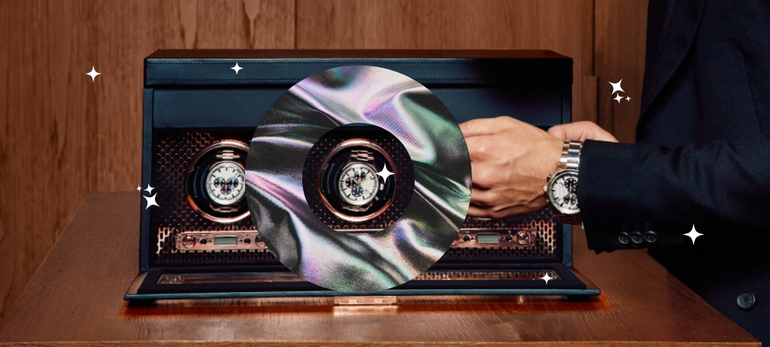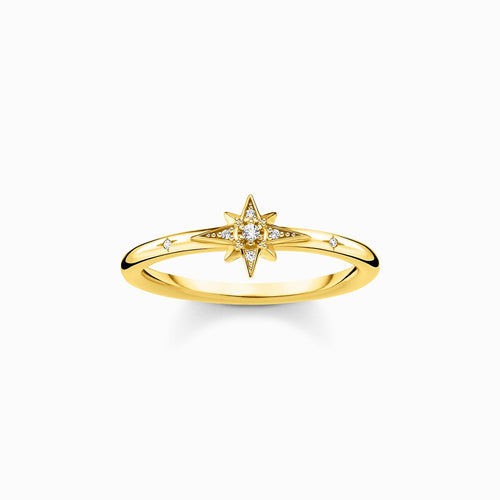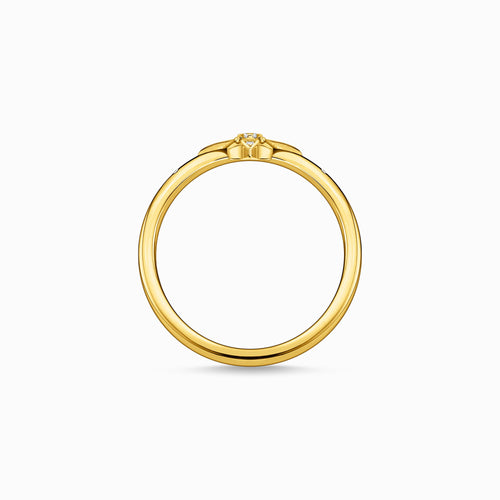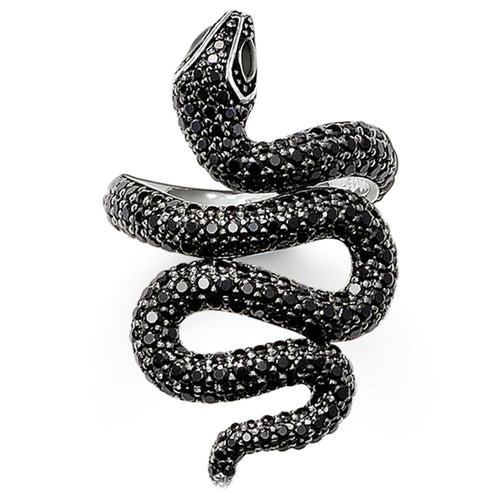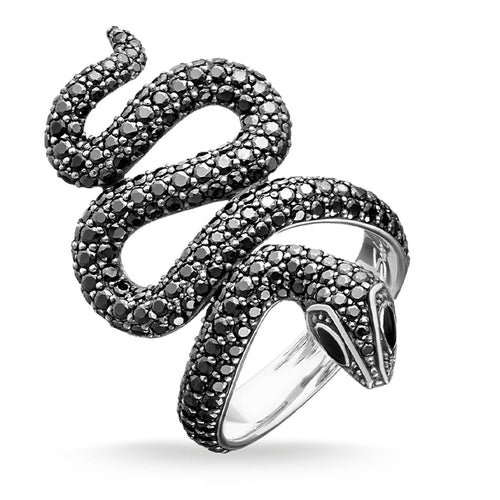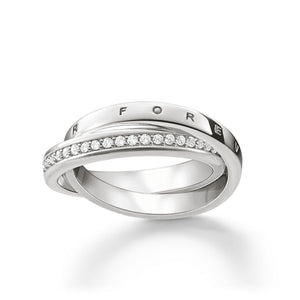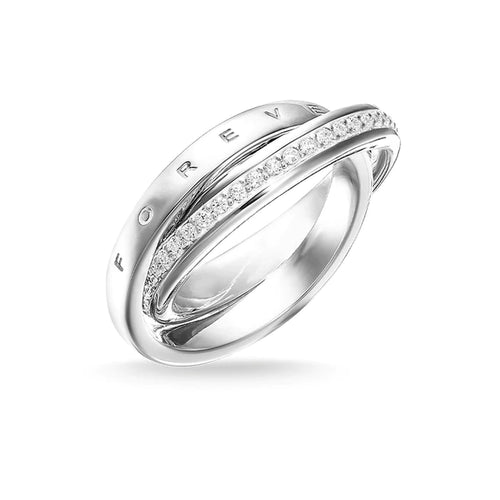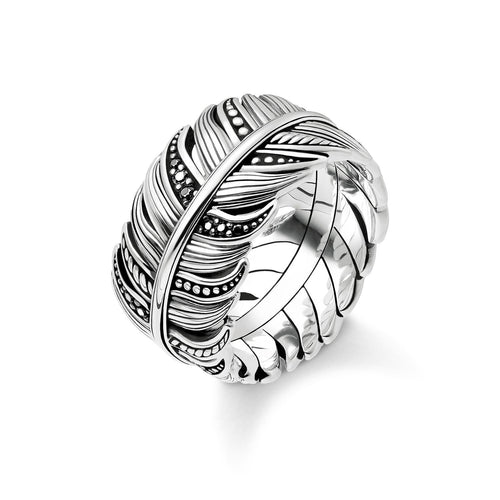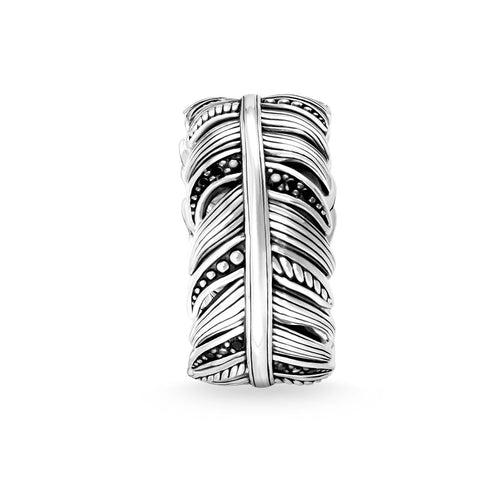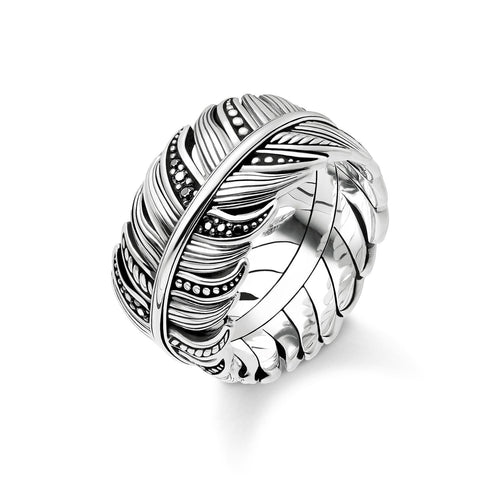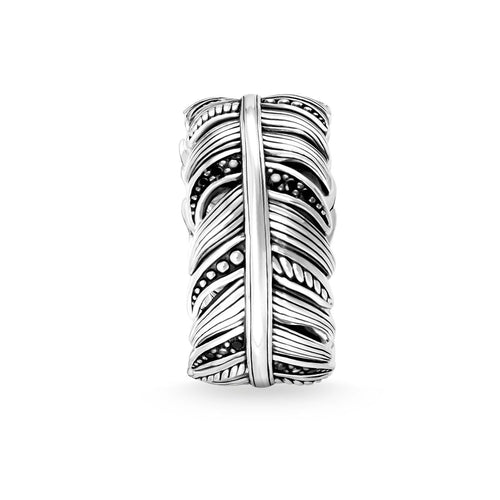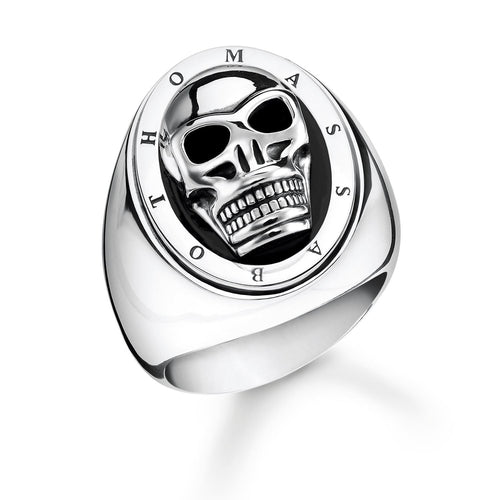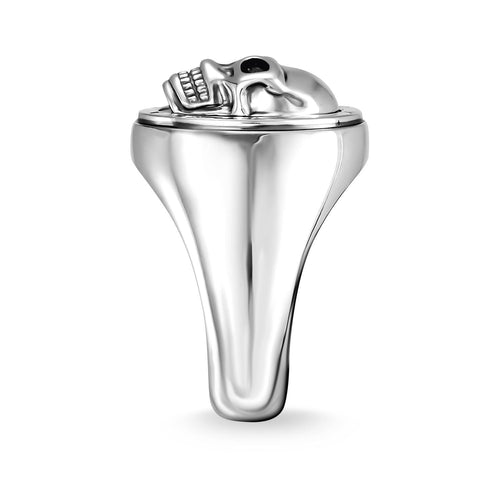Watch winders are essential tools for maintaining the accuracy and longevity of automatic watches. These devices ensure that your timepieces remain wound and ready to wear, even when not in use. A Wolf watch winder stands out due to its superior craftsmanship and advanced features, making it a preferred choice for many watch enthusiasts.
Using a watch winder properly is crucial to avoid issues such as over-winding or magnetic interference. This guide aims to provide comprehensive instructions on how to set your Wolf watch winder correctly, ensuring your watches receive the best care possible.
Setting up your Wolf watch winder involves understanding various settings and functions. This includes determining the correct TPD, choosing the appropriate directional settings (clockwise, counter clockwise, or bi-directional), and utilizing the power reserve feature.
Key Takeaways:
-
Understand the importance of using a watch winder for automatic watches.
-
Learn how to set up and configure your Wolf watch winder for optimal performance.
-
Explore the advanced features of Wolf watch winders, such as bi-directional modes and magnetic interference protection.
This guide will walk you through the steps to ensure your watches are always in perfect working condition, providing both convenience and peace of mind.
Understanding Watch Winders
A watch winder is an essential tool for anyone who owns an automatic watch. These devices ensure that your timepieces stay fully wound and ready to wear, even when they're not on your wrist. Without a winder, your watch could stop, losing its accurate time and potentially affecting its watch movements.
Definition and Purpose
A watch winder mimics the natural motion of the wrist, keeping your watch's mainspring wound. This is crucial for maintaining the watch's accuracy and longevity. Most automatic watches need a specific number of rotations or turns per day (TPD) to stay wound, and a winder provides this constant motion.
Types of Watch Winders
-
Single Watch Winders: Ideal for those who own one or two automatic watches. They offer a compact solution and typically come with customizable settings to match your watch's needs.
-
Multi-Watch Winders: Perfect for collectors with several watches. These winders can accommodate and wind multiple watches simultaneously, ensuring all your timepieces are ready to wear.
Using a Wolf watch winder ensures your watch functions properly, avoiding issues like watches run fast or becoming totally stopped. Setting the default setting or customizing based on your watch's needs is straightforward, and the display often shows the actual number of TPD and direction.
Investing in a quality winder is a best practice for maintaining the longevity and accuracy of your watches. Whether you have a Rolex or another high-end timepiece, a Wolf winder offers the reliability and features needed to keep your watches in perfect condition.
Why Choose a Wolf Watch Winder?
Choosing to purchase a Wolf watch winder is like opting for the Rolls-Royce of watch care. The Wolf brand has been synonymous with luxury and precision since 1834, offering exceptional quality that ensures your automatic watch remains in perfect condition.
Unique Features and Benefits
-
Adjustable TPD (Turns Per Day): Wolf winders allow you to set the exact number of rotations your watch needs. This customization ensures that your watch movements function properly without risk of over-winding.
-
Directional Settings: Whether your watch requires clockwise, counter clockwise, or bi-directional rotation, Wolf winders have you covered. This flexibility is essential for maintaining the watch's accuracy.
-
Power Reserve: Wolf winders feature a power reserve mode that mimics the natural wear cycle. This helps to maintain the power reserves of your watch, ensuring it stays wound without excessive motion.
-
Magnetic Interference Protection: One of the standout features is the protection against magnetic fields, which can negatively affect your watch's performance.
-
Quiet Operation: Wolf winders are engineered to operate silently, ensuring they don’t disturb your peace while keeping your watch in top condition.
Comparison with Other Brands
Most automatic watches require precise settings to stay wound and function optimally. Wolf winders are designed with these needs in mind, making them a best practice choice for any serious watch enthusiast. Whether you have a single timepiece or more than one watch, a Wolf winder ensures that your watches are always ready to wear, keeping accurate time and avoiding issues like watches running fast or becoming totally stopped.
Investing in a Wolf watch winder is a commitment to quality and precision. It’s not just about keeping your watch wound; it’s about preserving the integrity and longevity of your prized timepieces.
Setting Up Your Wolf Watch Winder
Unboxing your new Wolf watch winder is always an exciting moment. The anticipation of seeing your prized automatic watch get the care it deserves is palpable. Let's walk through the process to ensure your winder is set up perfectly and your watch stays in pristine condition.
Unboxing and Initial Setup
When you open the box, you’ll find your Wolf winder neatly packed with all the necessary components. Take a moment to appreciate the craftsmanship before proceeding. Here’s what you need to do:
-
Remove the winder and place it on a stable surface.
-
Check the components: Ensure you have the power adapter, user manual, and any additional accessories like a cuff for securing the watch.
Power Options: Battery vs. AC Power
Wolf winders offer flexibility with both battery and AC power options. Here’s how to decide which one to use:
-
AC Power: Ideal for long-term use. Plug the adapter into the wall socket and connect it to the winder.
-
Battery Power: Perfect for placement in locations without a nearby power outlet. Use the specified batteries as mentioned in the user manual.
Placing the Watch in the Winder Correctly
Getting your watch in position on the winder correctly is crucial for optimal performance:
-
Prepare the Watch: Ensure your watch is fully wound before placing it in the winder.
-
Secure the Watch on the Cuff: Adjust the cuff to fit your watch snugly. The cuff should hold the watch firmly without being too tight.
-
Insert the Cuff into the Winder: Slide the cuff into the winder, ensuring it clicks into place.
Setting Up the Winder
Now that your watch is securely in the winder, it’s time to configure the settings:
-
TPD (Turns Per Day): Most automatic watches need 600 to 1000 TPD. Check your watch’s manual for the recommended TPD and set it accordingly.
-
Directional Settings: Choose between clockwise, counter clockwise, or bi-directional rotation based on your watch’s requirements.
-
Power Reserve Mode: If your watch has a power reserve feature, enable the power reserve mode to mimic the natural winding of wearing the watch.
Setting up your Wolf watch winder correctly will help maintain your watch's accuracy and longevity, ensuring it stays fully wound and ready to wear at all times. Enjoy the peace of mind that comes with knowing your valuable timepieces are well cared for!
Configuring Your Wolf Watch Winder
Setting up your Wolf watch winder is just the beginning. To keep your automatic watch in pristine condition, it's essential to configure it correctly. This involves understanding and setting the Turns Per Day (TPD), choosing the right directional settings, and knowing when to use default or custom settings.
Understanding TPD (Turns Per Day)
TPD is a crucial metric for watch winders. It refers to the number of rotations the winder makes in a day. For most automatic watches, the ideal TPD value falls between 600 and 1000.
-
Low TPD: Less than 600, suitable for watches with minimal winding needs.
-
Medium TPD: 600-800, ideal for the majority of automatic watches.
-
High TPD: 800-1000, necessary for watches with higher winding requirements.
How to Determine the Correct TPD for Your Watch
Finding the right TPD for your watch ensures it stays fully wound without over-winding. Here’s how to determine the correct TPD:
-
Consult the Manual: The first place to check is your watch’s manual. Manufacturers often list the recommended TPD.
-
Check Online: Many watch forums and manufacturer websites provide TPD information for various models.
-
Experiment: If no specific TPD is recommended, start with a mid-range value (e.g., 750 TPD) and adjust based on performance.
Directional Settings: Clockwise, Counter Clockwise, and Bi-directional
The directional setting on your winder determines the wind of rotation direction:
-
Clockwise: Rotates the watch in a clockwise direction.
-
Counter Clockwise: Rotates the watch in a counter clockwise direction.
-
Bi-directional: Alternates between clockwise and counter clockwise.
Most modern automatic watches benefit from bi-directional winding as it mimics the natural motion of the wrist. However, some watches require a specific direction, so always double check your watch’s manual.
Setting the Winder for Optimal Performance
To configure your Wolf winder for optimal performance, follow these steps:
-
Set the TPD: Use the control panel to select the correct TPD for your watch. Enter the actual number based on your research or manual.
-
Choose the Direction: Select clockwise, counter clockwise, or bi-directional based on your watch’s needs.
-
Enable Power Reserve Mode: If your watch has a power reserve, use this mode to let the watch rest periodically, simulating regular wear.
Using Default and Custom Settings
Wolf winders come with default settings that work well for most watches. However, for high-end or unique timepieces, custom settings can be more beneficial.
-
Default Settings: Typically set to a moderate TPD and bi-directional rotation. Suitable for general use.
-
Custom Settings: Adjust the TPD and directional settings to match your watch’s specific requirements. This is particularly important for Rolex and other luxury watches.
Key Tips:
-
Avoid Over-Winding: Ensure you don’t exceed the recommended TPD to prevent strain on the mainspring.
-
Monitor Performance: Regularly check if the watch is keeping accurate time and adjust settings if needed.
-
Protect Against Magnetic Interference: Place your winder away from strong magnetic fields to avoid performance issues.
Configuring your Wolf watch winder properly will keep your watches wound, accurate, and ready to wear at all times. Enjoy the peace of mind knowing your timepieces are in the best care possible.
Advanced Features of Wolf Watch Winders
When it comes to Wolf watch winders, you're not just getting a device to keep your automatic watch running; you're investing in a suite of advanced features designed to ensure your timepiece stays in optimal condition. Let's dive into what makes these winders stand out.
Power Reserve Function
One of the standout features of a Wolf winder is the power reserve function. This setting allows the winder to pause after a certain number of rotations, mimicking the natural wear cycle of a watch. This is particularly useful for watches with a power reserve indicator, as it helps to avoid over-winding and maintains the watch’s longevity.
Key Benefits:
-
Mimics natural wear, ensuring the watch isn’t overwound
-
Maintains the health of the mainspring
-
Ideal for high-end watches with power reserve indicators
Bi-Directional Mode
Most automatic watches benefit from a bi-directional winding mode, which alternates the movement between clockwise and counter clockwise rotations. This setting ensures that the watch winds efficiently, regardless of its movement type.
Advantages:
-
Ensures even winding for all movement types
-
Reduces the risk of under-winding or over-winding
-
Compatible with a wide range of watch brands, including Rolex
Magnetic Interference Protection
Wolf winders are equipped with protection against any magnetic field interference, which can disrupt a watch’s delicate mechanisms and watch movements. By shielding your watch from magnetic fields, these winders help maintain accurate time and prevent potential damage.
Features:
-
Integrated shielding to block magnetic fields
-
Ensures the watch remains accurate and unaffected by external factors
-
Adds an extra layer of protection for your valuable timepieces
Multiple Watch Settings
For collectors who own more than one watch, Wolf winders offer customizable settings for each watch in most winders. This means you can set different TPD values and directional settings for each watch in the winder, ensuring each one is wound according to its specific needs.
Customization Options:
-
Individual settings for multiple watches
-
Easy adjustment of TPD and directional settings
-
Perfect for watch collectors with diverse collections
These advanced features make Wolf watch winders a top choice for any watch enthusiast. By investing in a Wolf winder, you're ensuring your watches are not only wound but also well-protected and maintained, ready for you to wear whenever you wish.
Maintenance and Troubleshooting
Proper care and regular maintenance of your Wolf watch winder ensure it keeps your automatic watch in top condition. Here are some essential tips and solutions to common issues to help you maintain and troubleshoot your winder effectively.
Regular Maintenance Tips for Longevity
-
Clean Regularly: Dust and dirt can accumulate on your winder. Use a soft, dry cloth to wipe down the exterior and a gentle brush to clean the cuff and interior.
-
Check Power Sources: Whether using batteries or AC power, ensure connections are secure. Replace batteries as needed to avoid interruptions in operation.
-
Avoid Magnetic Fields: Position your winder away from devices that emit strong magnetic fields to prevent interference with your watch’s accuracy.
Common Issues and Solutions
-
Watch Runs Fast or Slow: This could indicate incorrect TPD settings. Adjust the turns per day and direction based on your watch’s specifications.
-
Winder Doesn’t Start: Check the power source and connections. Ensure the cuff is securely placed in the winder. If using batteries, replace them.
-
Watches Not Staying Wound: Ensure the proper setting is selected. Verify the bi-directional or specific rotation direction (clockwise or counter clockwise) matches your watch’s needs.
Common Problems:
-
Inconsistent Winding: Adjust the actual number of TPD to better suit your watch.
-
Noisy Operation: Ensure the winder is on a stable surface and not overloaded with more than one watch if it’s not designed for it.
Ensuring the Watch Winder Functions Properly
-
Regular Testing: Periodically test the winder by placing the watch in the winder and checking its performance over a few days.
-
Monitor Performance: Keep an eye on your watch’s accuracy. If you notice it’s not keeping time correctly, reassess the winding settings.
-
Consult the Manual: Always refer to the user manual for troubleshooting specific to your Wolf winder model.
Pro Tips:
-
Bi-Directional Setting: Most automatic watches benefit from this mode, ensuring even winding.
-
Power Reserve Mode: Use this feature to simulate regular wear and avoid over-winding.
By following these maintenance tips and troubleshooting solutions, your Wolf watch winder will function properly, keeping your timepieces ready to wear and ensuring their accuracy for years to come.
Frequently Asked Questions
1. How do I know if my watch is fully wound?
Ensuring your watch wound correctly is crucial for keeping accurate time. Most automatic watches have a power reserve indicator. If your watch doesn't have one, place the watch in the winder and observe it for a day. If it keeps running without stopping, it’s likely fully wound.
2. Can I use the Wolf winder for more than one watch?
Absolutely! Wolf winders come in various models, some designed to accommodate more than one watch. Ensure you configure the proper setting for each timepiece to maintain their accuracy and functionality.
3. What is the power reserve function, and how does it work?
The power reserve function allows the winder to pause after reaching the magic number of necessary turns per day (TPD). This mimics the natural wear of a watch, helping to avoid over-winding and maintaining the mainspring’s health. It's especially useful for high-end watches like Rolex.
4. How do I set the correct TPD for my watch?
To find the recommended TPD, consult your watch’s manual or manufacturer’s website. Most automatic watches require between 600 and 1000 TPD. Adjust the winder settings accordingly to ensure your watch stays wound without over-winding while wearing it.
5. What should I do if my watch is running too fast or slow?
If your watch is running too fast or slow, it might be a sign of incorrect winding programs. Adjust the winder starts, the directional settings (clockwise, counter clockwise, or bi-directional) and TPD. Additionally, ensure the winder is not placed near devices that emit strong magnetic fields.
6. Can the Wolf winder accommodate larger or heavier watches?
Yes, Wolf winders are designed to fit a variety of watch sizes. The adjustable cuff ensures a secure fit for larger and heavier watches, ensuring they function properly in the winder.
7. How often should I maintain my Wolf watch winder?
Regular maintenance is a best practice. Clean your winder monthly, check power connections, and ensure the display shows the actual number of TPD correctly. This helps to maintain the winder’s efficiency and longevity.
Conclusion
Investing in a Wolf watch winder ensures that your automatic watch remains in pristine condition, maintaining its accuracy and reliability. By understanding the proper settings and utilizing features like bi-directional mode and power reserve, you can keep your watch wound and ready to wear. Whether you have more than one watch or a cherished single timepiece, a Wolf winder caters to your needs with customizable winding programs and protection against magnetic interference.
Remember to regularly maintain your winder to ensure it functions correctly and keeps your watches running smoothly. With the right care, your watches will not only stay wound but also avoid issues like running fast or becoming totally stopped. Embrace the peace of mind that comes with knowing your valuable timepieces are well taken care of with a Wolf watch winder.
Gift Ideas For You


